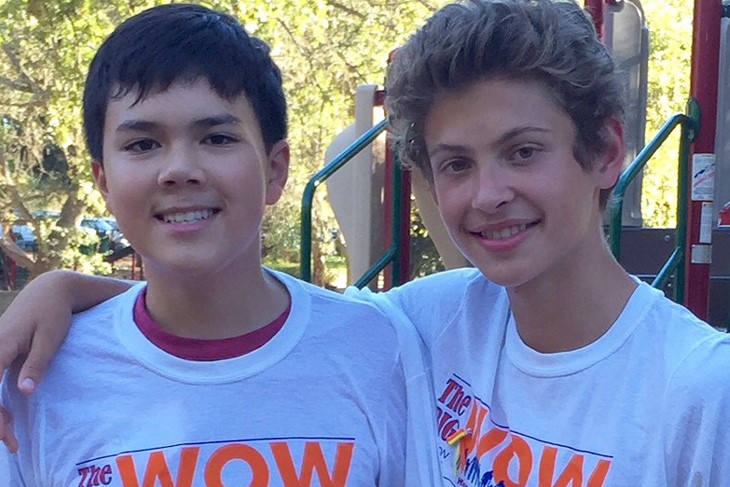
Katherine And Justin Garlepp
There are certain moments in life that are forever etched in your memory. The moment my son, Justin, was diagnosed with Wilson’s Disease is one such moment. Another related but much happier moment was when Justin met another Wilson’s Disease patient for the first time since being diagnosed 8 years ago. At the Big Wow event in Loomis, CA, Justin met a kindred spirit in fellow patient Zach. The boys had never met before but were instantly connected by the experiences they shared together as teens living and thriving with Wilson’s Disease.
My hope for the Big Wow is that it will allow other patients the opportunity to connect with one another and know they are not alone.
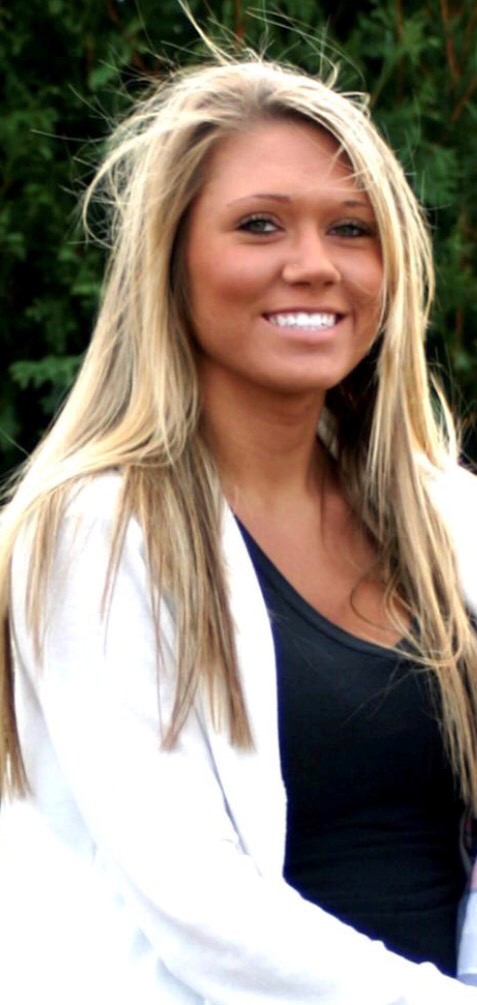
Ginta Ginaityte
I had a life changing diagnosis of Wilson’s disease at the age of 24. I received my official Wilsons Disease diagnosis November 3rd, 2016. It honestly took me a few months to grasp what I had just been diagnosed with; I felt relieved that I finally had an answer as to what was causing my symptoms. If it wasn’t for my optometrist, I am not sure I would have ever been diagnosed. He noticed color differences in my eyes that were not normal. My symptoms were severe. I was too scared to go to the doctor as I was struggling to walk, talk and swallow.
Now, I feel ridiculous about avoiding the doctor. As a nurse, I encourage my patients not to ignore their symptoms on a daily basis.
My official diagnosis took only two weeks – how incredible! I had learned about Wilson’s disease in nursing school, but never once thought I would be diagnosed.
I want to raise more awareness with this rare disease to save lives and hopefully some day find a cure!
Please come and support me and the Wilson’s Disease Organization.
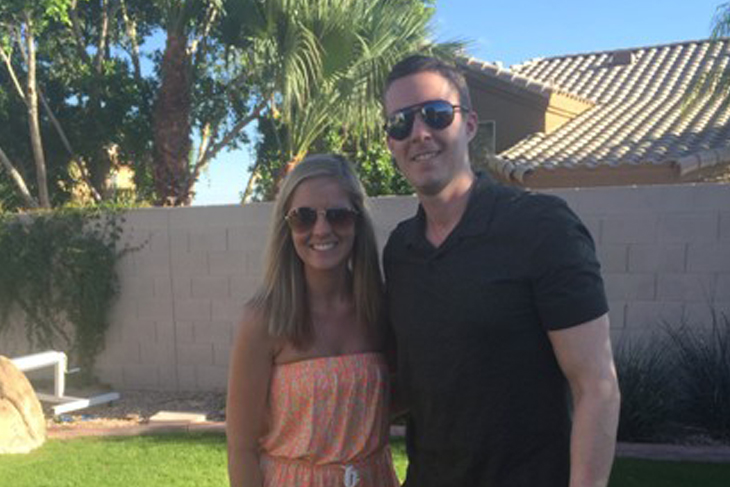
Patrice Goostree
I have two adult children that have Wilson’s disease. At the time they were diagnosed they were 14 and 17. That was 14 years ago. We had changed from a pediatrician to an internist. They both had lab work after their initial visits for sports physicals. They both had elevated liver enzymes. The doctor called them back for more lab tests and within 10 days called to tell me he was quite certain they had Wilson’s disease. Things became challenging after that because of their ages and misinformation. We ended up seeing Dr. Askari at University Of Michigan, and getting the correct information. They are very fortunate to be healthy today.
We have been to a couple Wilson’s conferences and understand that not all people with Wilson’s are so fortunate. This is the main reason I volunteered to organize a walk in the Chicago area.
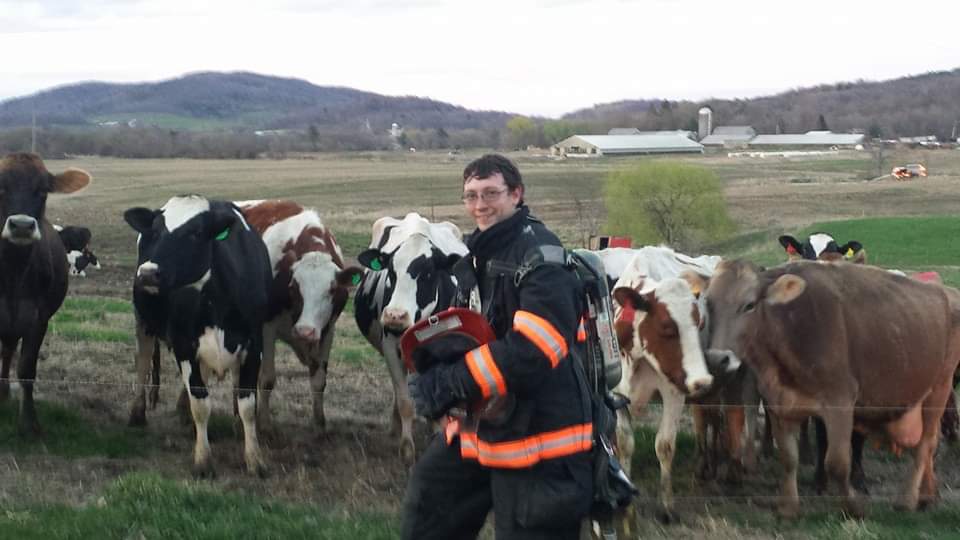
Travis before he developed WD symptoms
Travis Grogan
Travis’s Story of Wilson Disease
Rare and Rural
By Rhonda Rowland, WDA President
We all love a small town. Images come to mind of holiday parades and a tight community where everyone knows who you are. It’s those defining characteristics that have helped carry 35-year-old Travis Grogan through his recovery from the devastating effects of neurological Wilson disease.
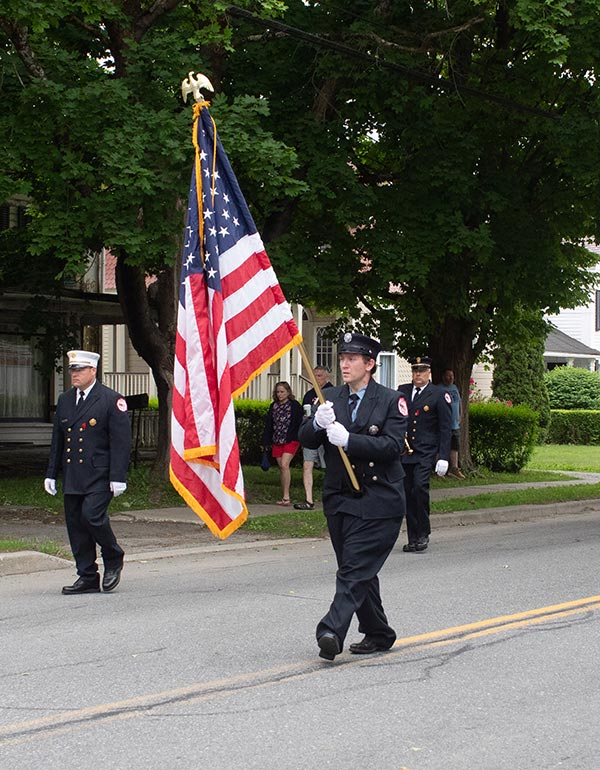
Courtesy of The Eagle Press
“I asked to carry the American flag and lead the volunteer firefighters in last year’s Memorial Day parade,” recalls Travis Grogan. “It’s usually the rookie who gets to carry it, but I pulled rank.” Travis was an active member of the volunteer firefighters in Cambridge, NY, a town with a population of 3,500 people, until the symptoms of Wilson disease forced him to step away from the volunteer work that he loved.
Bewildering neurological changes
Three years earlier, Travis watched the parade from the sidelines sitting in a wheelchair. He couldn’t speak, feed or bathe himself, his vision deteriorated and his body twitched uncontrollably.
“We didn’t know what was wrong with him,” said James Grogan, Travis’s father. James had just retired and found himself providing continuous care for his son. As a single father, Travis could no longer care for his 6-year-old daughter so they both moved into his parents’ neighboring mobile home.
Travis worked as a cook after graduating from culinary school and followed in his father’s footsteps volunteering as a firefighter.
“Then his attitude changed and he kept getting pulled over by the police for erratic driving,” explained James. “He’d be driving all over the road and he could no longer do his job as a cook.”
Small town doctor searches for answers
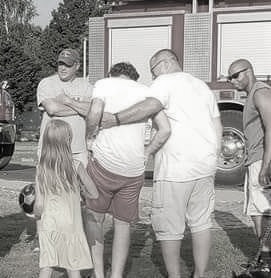
James supports his son after WD symptoms develop
Travis was taken to the nearest emergency room in Vermont three times and prescribed treatment for a psychiatric disorder. However, the medications didn’t help. He lost the ability to control his movements and would scream and physically harm himself. It was in Vermont that a diligent doctor figured out what was causing Travis’s bizarre neuro-psych symptoms.
“The doctor didn’t know the cause, but he was determined to figure it out,” said James. “He was a bookworm and kept going to the medical library and he finally figured it out!”
Dr. William Tock thought he had the answer, and for confirmation, he referred Travis to an ophthalmologist. He did an eye exam and found Kayser-Fleisher rings, the tell-tale copper rings that are found in almost all people with neurological Wilson disease.
“We were overwhelmed by the Wilson disease diagnosis, but were glad to have one,” said James.
Wilson disease is a rare genetic liver disease that doesn’t allow the body to process dietary copper. Over time, the excess copper builds up in the liver, brain and other organs and can look like a liver disease, neurological disorder or psychiatric illness.
“I give all the credit to Dr. Tock,” said Travis. “this small town doctor figured it out, but he didn’t have experience treating it.”
The search to find the right treatment
Travis then traveled more than an hour to Albany, New York to be treated. He was prescribed the chelating drug penicillamine, which works by removing excess copper from the body. However, the dose was too high and he had troubling side effects.
“You know you have a rare disease when the doctors are searching on their phones for information,” said Travis. “Then one of them came across the Yale Wilson Disease Center of Excellence and called its director, Dr. Michael Schilsky. The first time I met him was over Zoom.”
He then traveled three hours to Yale and entered the Wilson Disease Patient Registry Study and was evaluated by hepatologist Dr. Uyen To.
“She took one look at him and said they needed to cut back his chelator dose,” recalls James. “She said the copper was coming out too fast, and she warned us that it would likely get worse before it got better.”
The Wilson disease symptoms did get worse, and he ended up needing a wheelchair. He was given hope that he would get better, but it would be a long process.
Fighting for his recovery one step at a time
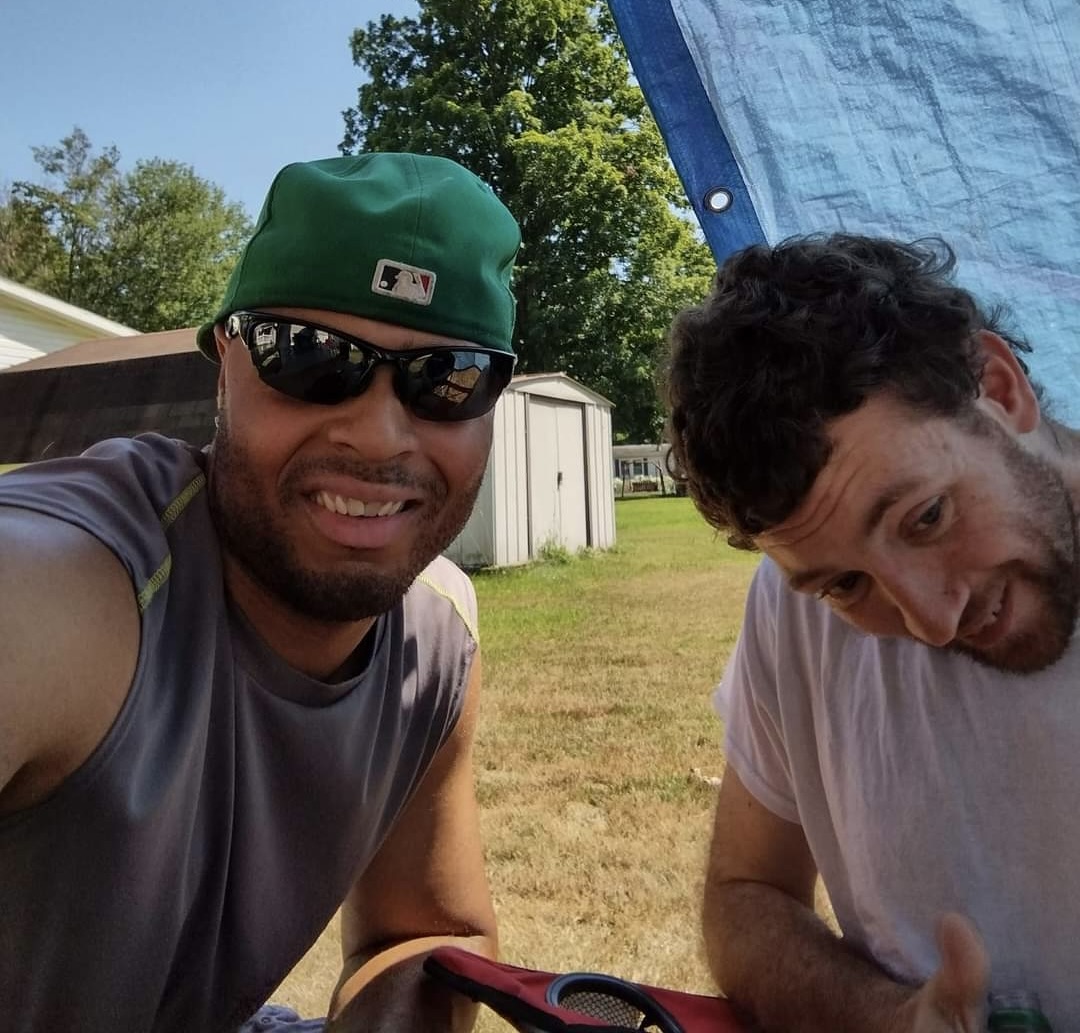
Community support helped James fight for his recovery
Travis did get better and by the time the 2023 Memorial Day parade rolled around he was able to join it and ride in the cab of the fire truck. He had an even bigger goal for 2024:
“I wanted to lead the volunteer firefighters in the parade,” said Travis. “So, I started walking every day to build endurance and was walking up to three miles a day.”
How did it feel to accomplish his goal?
“It was emotional for all of us. I went from being in a wheelchair to the main guy leading,” said Travis. “My hand fell asleep carrying the flag about a quarter of the way in, and my glasses fell off at one point, but I didn’t want to give up.”
“People thought he wouldn’t make it,” said his father. But he did, though the family went through some very dark days. “I don’t know what we would have done without the support of our small town community, the church and firefighters who brought us food and helped us to cover expenses.”
Travis continues to work on his recovery from Wilson disease. He still experiences mood swings and he’s not back to work yet. He and his daughter have returned to their own mobile home and Travis is hopeful about his future.
“I’m so thankful there is medicine that works.”
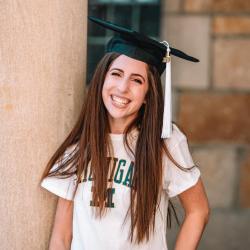
Amanda Gross
Hi, my name is Amanda Gross and I was diagnosed with Wilson’s Disease at age 19. I was incredibly lucky that a routine blood test revealing elevated liver enzymes sent me on a path to a quick diagnosis. Today, I am asymptomatic and treated with Galzin maintenance therapy.
Donations
Your support allows the WDA to maintain this website, produce educational materials, support research, and hold meetings for people living with WD, their families, and the healthcare community.
Supporters
When you become a supporter, you’re not just joining a group — you’re becoming part of a powerful movement. Your voice helps shape the future of WD advocacy. You’ll learn about the latest treatments and research, how to connect with the WD community and know that your support helps drive our mission forward.
WILSON DISEASE ASSOCIATION
Contact Us
- Toll Free: 866-961-0533
- Phone: 414-961-0533
Email: info@wilsonsdisease.org


